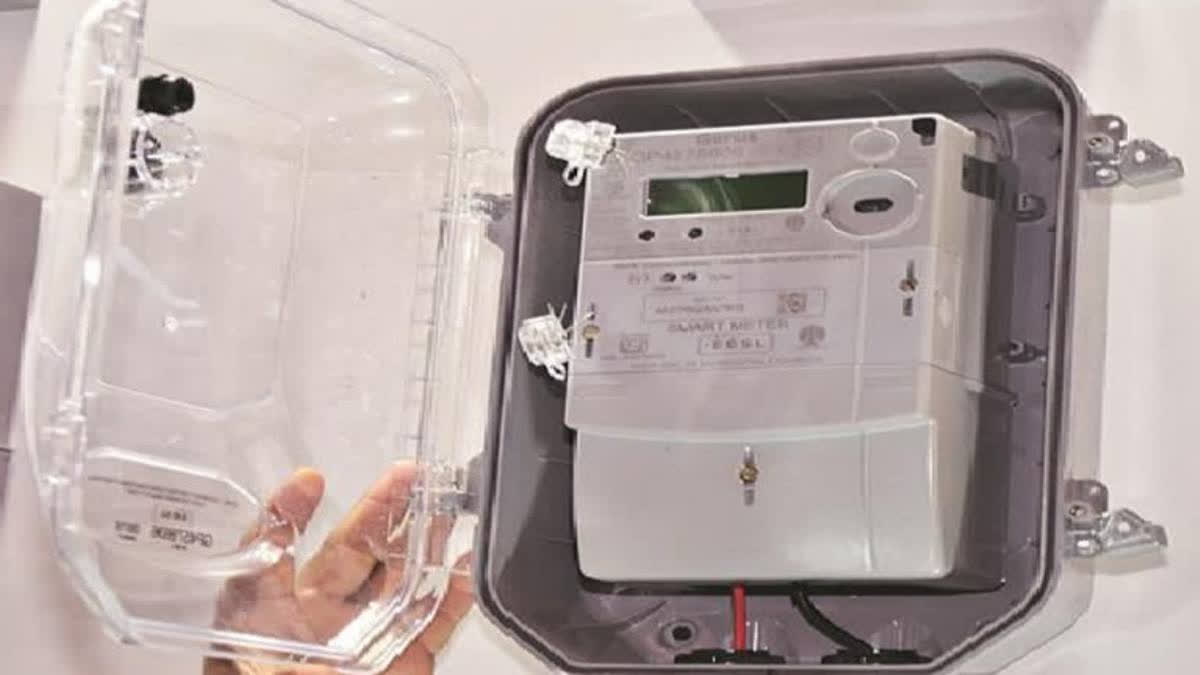Srinagar: The installation of smart meters in Jammu and Kashmir's power sector has significantly enhanced revenue collection and curbed power losses, yet the region continues to grapple with substantial Aggregate Technical and Commercial (AT&C) losses and high power purchase costs.
According to an official report, the installation of 5,74,000 smart electricity meters has achieved a 15 per cent reduction in power losses and a 10 per cent increase in tariff realisation for the 2023-24 fiscal year.
"Focused efforts were made to implement aerial bunching cables and smart meters to closely monitor power usage," said a senior official from the Power Department. "The installation of around 574,000 smart meters has not only curbed power consumption, but also boosted tariff revenue by about 10 per cent in 2023-24.
Moreover, a significant 50 per cent expansion in transmission capacity between 2019 and 2024 has extended electric supply to remote areas like Gurez Valley in northern Kashmir. The rollout of smart prepaid meters is progressing rapidly, and we've already seen a 15 per cent reduction in power losses in metered areas by June 2024."
Despite these gains, Jammu and Kashmir's AT&C losses remain alarmingly high at 44 per cent for the 2023-24 fiscal year, well above the national average of 15.9 per cent.
The Power Department official highlighted this ongoing challenge, stating, "Jammu and Kashmir's AT&C losses are some of the highest in the country, currently at 44 per cent, well above the national average of 15.9 per cent. This large disparity between power purchase costs and revenue collection is a major issue."
However, the official expressed optimism, saying, "The installation of smart meters and the replacement of bare conductors have improved revenue collection. However, a significant part of J&K's population is still unmetered, leading to ongoing losses. As the rollout of smart meters continues, we anticipate a substantial reduction in power losses and aim to provide an uninterrupted power supply across the region."
Jammu and Kashmir's significant dependence on external power supplies continues to burden its financial resources. From 2012-13 to 2023-24, the region has incurred an estimated cost of Rs 75,000 crore on purchasing power from external sources. In the 2022-23 fiscal year alone, the government spent more than Rs 8,500 crore on electricity.
"During power shortage, we frequently need to purchase electricity at extremely high prices," explained a Power Development Department official. "Last year’s consumption was 20,400 million units, and we expect a 10 per cent rise this year, bringing the total to more than 22,000 million units."
To address the ongoing power crisis, the Jammu and Kashmir government has set ambitious future targets.
"We aim to double our hydropower generation capacity in the next few years, expanding from the current 3,500 MW," said an official. "Five significant hydropower projects--Ratle (824 MW), Kirthai-II (930 MW), Sawalakote (1,856 MW), Dulhasti-Stage II (258 MW), and Uri-I Stage-II (240 MW)--are being developed in partnership with NHPC, totalling a combined capacity of 4,134 MW. With an estimated investment of Rs 34,882 crore, these projects are anticipated to create a power surplus in Jammu and Kashmir upon their completion."
Despite these efforts, the Jammu and Kashmir government plans to allocate nearly six per cent of its 2024-25 budget to power purchases.



